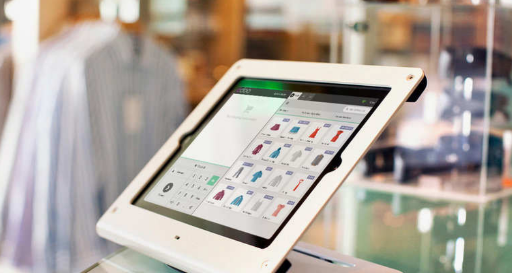What's point of sale
In Odoo, the Point of Sale (POS) program and application that can be used on all devices and supports all operating systems, including Microsoft Windows, Apple OSX, Linux, Android, and iOS. You can find this POS system in shopping malls, mini-marts, retail stores, and restaurants at the cashier point.
POS systems, do much more than just process payments. They are designed and developed to offer a range of functions and conveniences that enhance both front-end and back-end operations. These systems are built to reduce manual labor, allowing business owners to manage their stores more efficiently and effectively. They streamline operations, improve accuracy, and make it easier for owners to oversee their businesses.

Sales Transactions: Handles real-time sales transactions with features like barcode scanning, product variants, and multiple payment methods.
Inventory Management: Integrates with Odoo’s inventory system to manage stock levels, track product movements, and update inventory in real-time.
Customer Management: Allows for the creation and management of customer profiles, including tracking purchase history and managing loyalty programs.
Order Management: Supports features like splitting bills, adding tips, and handling different payment methods in a single transaction.
Reporting and Analytics: Provides detailed sales reports, including daily summaries, payment types, and sales by category. Helps track performance and make informed decisions.
Integration with Accounting: Syncs sales data with Odoo’s accounting system to ensure accurate financial records and streamline accounting processes.
Customizable Receipts: Allows customization of receipt design to include company branding, detailed transaction information, and promotional messages.
Multi-Device Support: Operates on various devices, including tablets and computers, and supports different operating systems like Windows, macOS, Linux, Android, and iOS.
Restaurant Features: Includes functionalities like floor plan management, printing food orders to the kitchen, and adding notes to orders.
Franchise Management: Supports franchise operations by managing multiple locations and consolidating sales data across franchises.
What's sale
How different ?
In Odoo, POS (Point of Sale) and Sales are two distinct modules that serve different purposes within a business's operations. Here’s a comparison of how they differ:
Odoo POS (Point of Sale)
- Purpose:
- Designed for retail and service environments where transactions happen in real-time, such as in physical stores, restaurants, or service counters.
- User Interface:
- Features a user-friendly interface optimized for quick and efficient transactions, often using touch screens and barcode scanners.
- Key Features:
- Real-Time Transactions: Handles sales transactions on the spot.
- Inventory Management: Updates inventory in real-time with each sale.
- Customer Interaction: Supports customer engagement at the point of sale, including tipping and applying discounts.
- Receipt Printing: Provides customizable receipts and invoices.
- Multi-Device Compatibility: Works on various devices like tablets and touch screens.
- Offline Capabilities: Can operate offline and sync data when back online.
- Typical Use Cases:
- Retail stores, restaurants, cafes, and any setting where immediate sales transactions are conducted.
Odoo Sales
- Purpose:
- Focuses on managing the entire sales process from initial quotation to final invoicing and tracking sales performance.
- User Interface:
- Designed for back-office use, typically accessed via a web browser or desktop application.
- Key Features:
- Quotation Management: Create and manage quotations and convert them into sales orders.
- Sales Orders: Track and manage orders, including delivery schedules and payment terms.
- Customer Management: Maintain detailed customer records and manage interactions.
- Invoicing: Generate invoices from sales orders, handle partial payments, and integrate with accounting.
- Sales Analysis: Provides detailed reports and analytics on sales performance.
- Forecasting: Use historical data to forecast future sales.
- Typical Use Cases:
- B2B sales, wholesale distribution, and any business needing to manage complex sales processes and customer relationships.
Summary
- POS is geared towards front-line sales environments where transactions need to be completed quickly and efficiently at the point of sale.
- Sales focuses on managing the broader sales process, including quotations, orders, invoicing, and sales performance analysis.
Both modules are complementary and can be integrated to provide a seamless experience across different aspects of sales and transaction management.